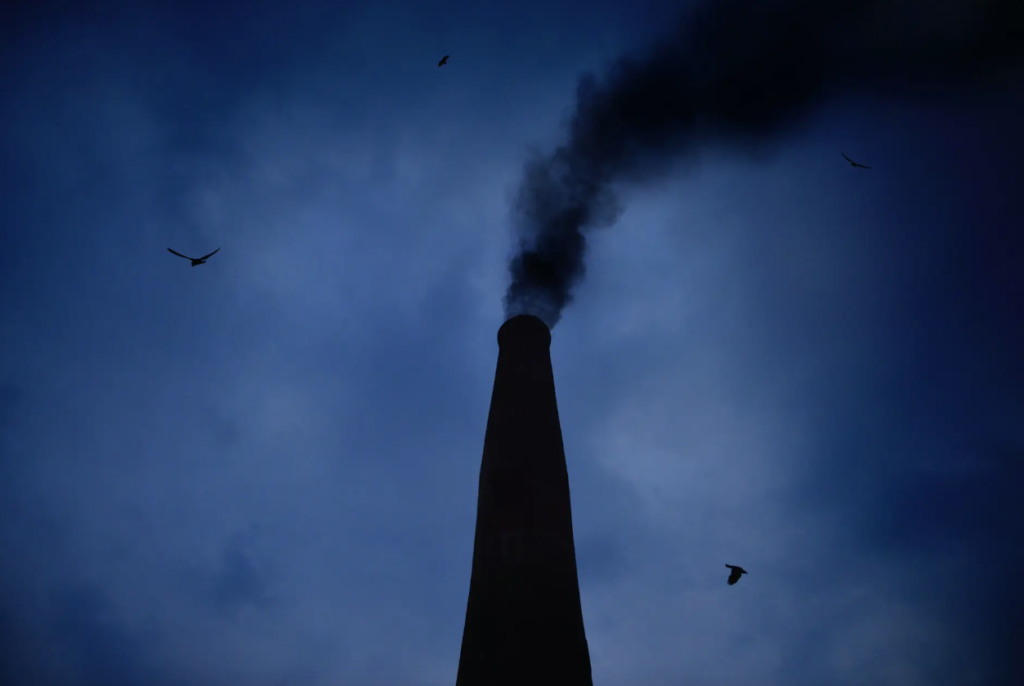All postponed to the COP29 in Baku, at the end of 2024
Since COP28 in Dubai, yet another black smoke on the global carbon market. Two weeks of negotiations were not enough to narrow the gap between the United States and the European Union. The first agreed with a lightweight scaffold and fewer rules to launch immediately the carbon market provided for by Article 6 of the Paris Agreement. The second is concerned that an excessively permissive framework could damage their companies, subject to the European carbon trading system that sails on quotas over 100 euros per ton of CO2.
Why is the global carbon market important?
The global carbon market is the solution that the Paris Agreement has identified to reach the least developed countries with adequate financial flows to address the climate crisis (along with other climate financing mechanisms)ensure greater flexibility for all states in achieving emission reduction targets, and strengthen the inclusion of the protection of natural ecosystems among the tools needed to keep global warming below the thresholds of 2 and 1.5 degrees.
Article 6 of the Paris Agreement provides a framework for states to implement “voluntary cooperation” to achieve the necessary emission cuts. There are two types of carbon markets: the one for bilateral trade (art.6.2, here the text discussed in Dubai) and the global carbon market (art.6.4, here the document discussed at COP28).
For both of them, there are still no definitive rules and all the necessary technical details, which we have been negotiating for 8 years. Some states, however, have already started to exchange carbon credits that should fall under Article 6.2: for example, Switzerland, in early 2023, submitted to the UNFCCC the agreements on carbon credits with Ghana, Thailand, Peru and Vanuatu.
Doubts about voluntary carbon markets
The main difficulty lies in integrating existing voluntary markets – systems for exchanging carbon credits between private parties and between companies and institutional entities – into the architecture of Article 6. This means deciding which rules should be followed, how to assess the effectiveness (and therefore the integrity) of projects that guarantee CO2 removals or avoided emissions, and what degree of transparency must be ensured so that the system does not turn into a huge global greenwashing exercise.
There is increasing doubt about the existing voluntary markets. Numerous reports and surveys are highlighting a very large undergrowth of projects that do not even remotely provide the advertised services. For example, using metrics that do not allow you to really assess the impact on the climate, or pretending to be sustainable carbon credits that subtract CO2 from the atmosphere for a few years or decades.
The issues discussed at COP28
Against this background, the climate conference in Dubai has made no progress compared to 2021. In Glasgow, two years ago, the first provisional agreement was reached on Article 6, with more clarity on the carbon market framework and with many slippery spots. These points remained at the heart of the discussions of the national delegations during the two weeks of COP28, without finding a compromise acceptable to all.
One issue on which the EU and the US have clashed until the end is the degree of transparency to be ensured to the process that will regulate voluntary exchanges, namely those under Article 6.2. The final text proposed by the presidency of COP28 did not set limits on the amount of information that states could classify as “confidential”, without therefore being required to reveal them in the reporting mechanism provided.
“The minimalist, no-frills framework on the table would have allowed countries to largely define their reporting rules, to exchange carbon credits marked as defective and to revoke the authorization for previously approved carbon credits without any limit, which could have led to double counting. The proposed text has also sanctioned and further legitimized vague secrecy clauses,” explains Jonathan Crook of Carbon Market Watch. On this point, the EU, Mexico, several African countries and the alliance of Latin American countries blew the whistle.
No agreement on other crucial issues either. Starting with the definition of which methodologies to use to assess the effectiveness and impact of carbon credits and guidelines on what to claim as carbon removals (through natural tools and/or artificial technologies)two pillars of the mechanism that will oversee the functioning of the global carbon market under Article 6.4. Doubts have focused on guarantees of respect for the environment and human rights. It also skips the understanding on how to integrate the registers of the two types of markets (to avoid double counting).
All postponed until next year, then. From here to the COP29, to be held in Baku, Azerbaijan, the preliminary negotiations will address these points again. Meanwhile, carbon credits already exchanged between states – such as those in the agreements signed by Switzerland – and voluntary markets remain in limbo. “This is certainly a setback for carbon markets,” Lina Barrera of Conservation International tells Reuters. “Those who are interested in participating in the market will not know what to expect, slowing down the entire process of market launch”.

